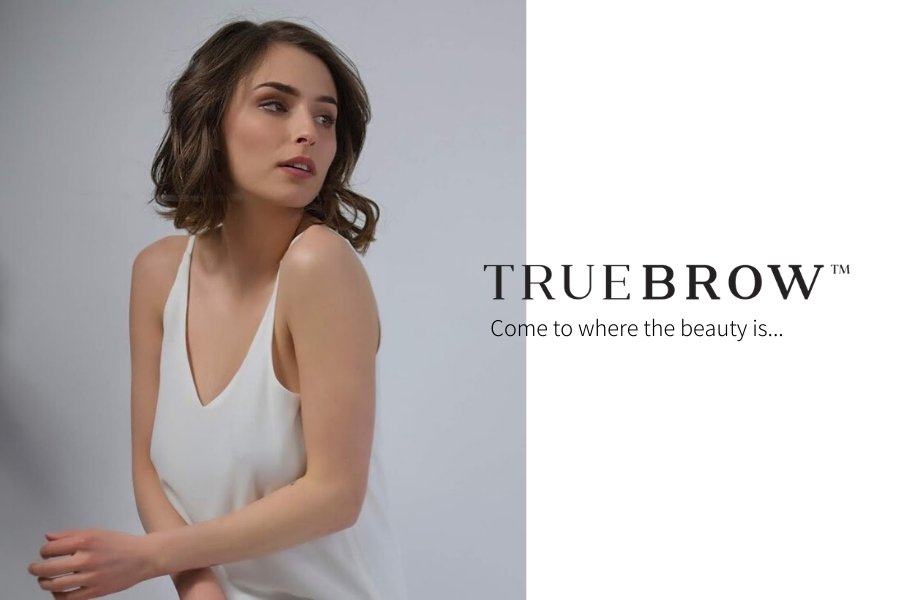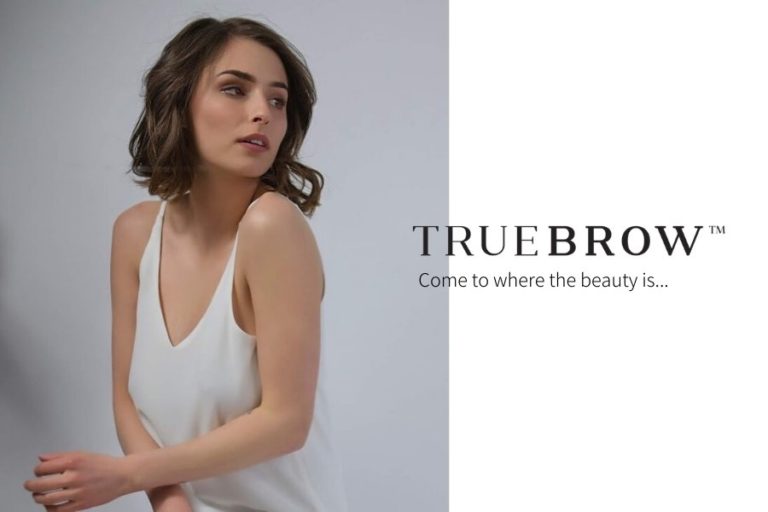How To Take Control Of Your Business

By Toby Wilson
Have you ever seen inside the cockpit of an aircraft?
I’ve no doubt you’ve had a quick glance while boarding a plane.
Do you know how many gauges there are there in there? I can tell you – lots!
Have you ever considered how a pilot can keep a continuous eye on all of those gauges? Well, the answer is, the pilot doesn’t need to.
That’s because those half a dozen gauges indicate whether all of the other elements are working well or not. If one of those goes wrong, then there is the availability right there for more detail.
It’s a similar question to, “As a beauty business owner, how can I keep an eye on all of the continuously moving parts of my business, particularly if I’m trying to grow it?”
A great question and we’re going to answer it for you here.
I heard it once said that, at times, growing a small business can be like trying to change the tire on a car while you’re driving 60 miles an hour. You want to achieve an outcome in a particular area, work on an important part of it, a particular project or overall result, but you can’t place all of your focus on it as your business’s daily operations pull your attention back in. This can often turn to overwhelm and working in the business rather than on it.
You need to have vision of what’s going on in your business, otherwise, you’re flying blind. We may already know this, yet stepping into a new way of being in our business can seem impossible.
So, what’s the cockpit of a plane have to do with running a beauty salon/spa?
Well, planes have quite comprehensive dashboards!
The pilot has continual feedback on how all aspects of the plane are performing.
As mentioned the important part is that the pilot only needs to keep an active eye on about half a dozen gauges and the rest are there only if needed.

Let me give you an example.
If I perform a marketing activity, say a flyer drop in my local area or a joint venture offering with an all-women’s gym around the corner or with the hairdresser down the road or place an ad on Facebook, whatever it is, if I don’t have feedback as to how that activity performed, how can I know if it was worthwhile and how can I continually make better decisions in the future?
Well, the simple answer is, you can’t!
Now let’s say someone comes into your salon and says, “I go to the gym down the road and they told me about you”, that’s feedback. That makes up a tiny marker on one of your gauges in the cockpit of your business.
Then two days later someone comes in and says, “I saw your offer on Facebook.” That’s another tiny marker on one of your gauges.
What all too often happens with this is that because your cockpit is not really set up correctly to show you the required feedback, all of the feedback is kind of scattered and skewed. The feedback quickly becomes subjective.
Subjectivity is the death of a gauge. What do I mean by that?
Well, you’ve spent “x” amount of predefined time and money on a particular marketing activity and you kind of “feel” like it worked. But that doesn’t inform you whether it actually worked.
To be more specific, let’s say you spend $150 on the graphic design of a flyer and then spend another $500 on getting a whole lot of them printed. Then you give your little sister $15 per hour to walk around the neighborhood dropping them in letter boxes and it takes her 6 hours. That’s a total of $740 you’ve just spent.
You get five new clients taking advantage of the special $49 offer that was on the flyer that week. Yay! The marketing is working, right? You start getting excited. You tell your friends on the weekend that you think you’re getting the hang on marketing.
But… what if those 5 clients you attracted are simply coupon bargain hunters and you never see them again?
Let’s create a little dashboard and take a look at this.
You’ve spent $740 and you’ve brought in $245 in income. So you’re out of pocket $495. That’s not marketing, that’s wastage. And if it continues, you are losing money fast, even though your subjective experience was that you gained all these new clients this week.
So that’s what I’m referring to as subjectivity and that’s the problem dashboards solve. They give you reality, rather than perception.
Sometimes it seems easier to just keep moving forward and not stop to look until our clients begin to dry out or our bottom line suffers. We can stick our head in the sand and hope all goes well. However, each issue of Beauty & Business is helping you to get closer to creating a meaningful business you will be proud of.
Now, let’s look at what the elements are of an effective gauge on your dashboard?
The first one is quantification. You need to be able to turn what you are measuring in your business into a number, into something that can be counted.
Even if you are not a numbers person you can still use numbers to build more structure in your business and increase your bottom line. Numbers are not just financial; they can just as well be used for staff behavior management. But you need to be able to count the occurrences of the thing you are measuring.
The second aspect is that you need to determine the way you are going to count it. How will it happen?
Here is an easy example of what you can do in your next marketing project. It’s so easy to do and will give you clarity and control over your marketing. In the flyer drop marketing example above, you would specifically write on the bottom of the flyer, “To take advantage of this offer, please quote reference number ABC123”.
Then every time that is quoted, your clients would be tagged with that reference number so you could track the results. Isn’t this powerful and something we often miss because we haven’t reflected enough on what it takes to build a meaningful business?
Remember effective marketing means spending $1 to make $5. If this isn’t happening, you need to know about it.
The third aspect is to keep it simple. Make it easy to view and interpret the results.
Earlier I mentioned that the pilots don’t need to keep an active eye on every single gauge, only half a dozen of them.
In the same way, in your salon, spa or home beauty room, if something is consistently and predictably performing well, you don’t need to keep looking daily at all of the parts that makes that function up. But if the gauge starts to sway, be willing to look deeper.
Some metrics you might like to measure are:
- How many new appointments were booked this week?
- What’s your businesses ratio between appointments and cancellations?
- What’s the average unit of sale for your business (in other words, each time your business processes a transaction, on average, what’s the value of that transaction)?
- What’s your conversion ratio from calls to appointments? (i.e. out of every 10 phone calls you receive from new prospects, how many appointments are booked?
- What’s the average lifetime value of a client? (i.e. on average, do you keep your clients for 23 months and they spend a total of $1,648 or do your clients keep coming back for an average of 7 months and spend $423?) What’s the average?
- The list goes on…
I’d like to leave you with a quote from Dr. Flint McGlaughlin from MECLABS…
“There are no expert marketers, only experienced marketers and expert testers.”
Your job as a beauty business owner is to master testing… and when you do that, over time your business decisions will just get better and better and better.
Consider… how will you implement this exciting new idea into your business? Where can you begin and what change can you make this week that will offer you more control in your business?
They’re questions worth asking yourself.







